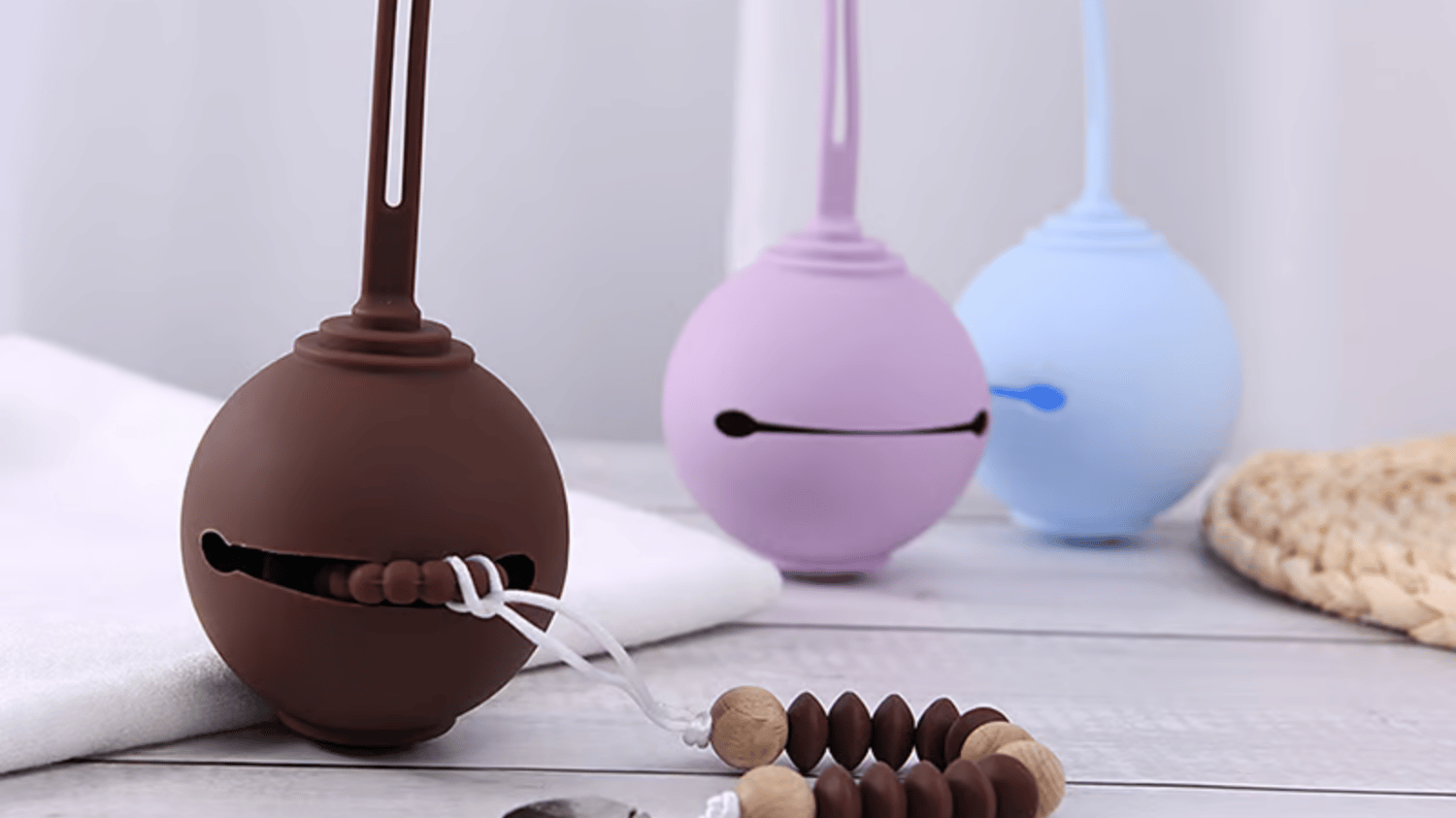How often should you replace silicone pacifiers?
Silicone pacifiers are commonly used by parents to calm their babies and provide a sense of comfort. While they may be a staple in many households, it’s important to know when it’s time to replace them for the safety of your little one. In this article, we’ll discuss the reasons behind replacing silicone pacifiers and how often it should be done.
When to Replace Silicone Pacifiers
The first thing to consider is the condition of the pacifier. Inspect it regularly to ensure that there are no visible cracks, tears, or signs of wear. If there are, it’s time to discard and replace it. Broken pacifiers can be dangerous as they can easily break into small pieces and pose a choking hazard.
Replacing Pacifiers for Hygiene
In addition to inspecting for damage, it’s also important to replace pacifiers every few months for hygiene reasons. While silicone is a durable material, pacifiers can still harbor bacteria over time. As your baby becomes more mobile and curious, they may also put their pacifier on dirty surfaces or even the ground. This can increase the risk of infections. For this reason, it’s recommended that pacifiers be replaced every two months.
When to Replace Pacifiers for Teeth Development
Pacifiers can also have an impact on the development of your baby’s teeth. Prolonged use of pacifiers can lead to misaligned teeth or other dental issues. If your baby is beginning to show signs of teething or has developed their teeth, it may be time to consider transitioning away from pacifiers. As a general rule, it’s recommended to stop using pacifiers once your baby’s first teeth appear.
When to Replace Pacifiers for Safety Reasons
There are also safety concerns with pacifiers beyond choking hazards. Pacifiers with a nipple bulb that are too small or too large for your baby's mouth can lead to choking or breathing difficulties. To ensure proper safety, always follow the recommended age guidelines for pacifiers and switch to a larger size as needed. Additionally, if a pacifier is ever split, cracked, torn, or damaged in any way, it should be immediately replaced.
Replacing Pacifiers for Comfort
Beyond safety and hygiene concerns, there are other reasons to replace pacifiers that are simply more comfortable for your baby. As pacifiers are used over time, the silicone can become discolored and lose its softness. Replacing pacifiers can provide a fresher and more comfortable experience for your baby.
When to Replace Pacifiers After Illness
It’s important to replace pacifiers if your baby has been sick with any contagious illness. While ordinary washing may not effectively remove bacteria and viruses, boiling pacifiers in water for at least 5 minutes can help to sanitize them and reduce the risk of re-infections.
When to Begin Introducing Pacifiers
It’s important to choose the right time to introduce a pacifier to your baby. Late introduction to a pacifier can be difficult, as your baby may have already grown accustomed to sticking fingers or other objects in their mouth. It’s best to introduce pacifiers between 2 to 4 weeks of age, to ensure your baby doesn’t develop a preference for other objects.
Pacifier Safety Tips
In addition to knowing when to replace pacifiers, it’s important to follow a few safety tips. Always select a pacifier that is age-appropriate and safe for your baby. Never tie a pacifier around your baby’s neck, as this can increase the risk of strangulation. Finally, never dip pacifiers in sweetened substances, as this can lead to tooth decay.
Final Thoughts
While silicone pacifiers may seem like a minor purchase, they play a major role in keeping your baby calm and happy. By staying aware of when to replace them, you can ensure that your little one is always safe, clean, and comfortable.

